 In 2017, James Burton, an author for Worldatlas rated Texas as the third highest state, with a number of 443,856 registered motorcyclists. Many of these motorists choose to drive a motorcycle because of the purchase price compared to a four-door vehicle, affordable fuel costs, and the enjoyment of riding along on the motorcycle-friendly roads. The unfortunate factor of motorcycles, like unlike four-door cars, is they are more susceptible to experience a more serious vehicle accident. Motorists tend to use more speed on the roads to bypass traffic. Some motorists like to test their skills on the road, such as doing tricks while riding or zipping through lanes on the highway underestimating vehicles getting in their way. For example, earlier this summer a motorcycle driver died after a collision. The Fort Worth Star-Telegram reported that the motorcycle driver drove across three lanes colliding with another vehicle, and lastly, he hit a concrete barrier.
In 2017, James Burton, an author for Worldatlas rated Texas as the third highest state, with a number of 443,856 registered motorcyclists. Many of these motorists choose to drive a motorcycle because of the purchase price compared to a four-door vehicle, affordable fuel costs, and the enjoyment of riding along on the motorcycle-friendly roads. The unfortunate factor of motorcycles, like unlike four-door cars, is they are more susceptible to experience a more serious vehicle accident. Motorists tend to use more speed on the roads to bypass traffic. Some motorists like to test their skills on the road, such as doing tricks while riding or zipping through lanes on the highway underestimating vehicles getting in their way. For example, earlier this summer a motorcycle driver died after a collision. The Fort Worth Star-Telegram reported that the motorcycle driver drove across three lanes colliding with another vehicle, and lastly, he hit a concrete barrier.
These accidents have the potential to be fatal because motorcycles lack the exterior steel frame, seat belts, and air bags. Since the motorist does not have these protections, they are more likely to experience serious injuries compared to the other driver involved. Some common injuries include extensive head/brain injuries, broken bones, burn marks from the pavement, and soft tissue injuries.
Regardless of the bias against motorcycles, they are not bad vehicles to invest in. However, there are some precautionary measures the riders should take into consideration as they are maneuvering through the roads, such as:
 Fort Worth Injury Attorney Blog
Fort Worth Injury Attorney Blog


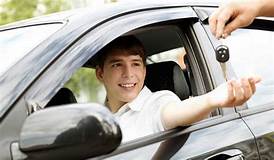 August is the time of year children return to school. Many teenagers work all summer long to meet the requirements to receive a Texas driver’s license, so they can drive to school on their own. Although these young individuals might have met all of the requirements, they still lack the experience to maneuver through the fast pace of Texas roads. According to the Texas Department Transportation’s statistics, there were 211,803 car crashes of teen drivers who were younger than the age of 21 in 2017. 42,890 of those drivers were in accidents due to distractions, such as eating, drinking and/or focusing their attention to backseat passengers. 2,075 of those car crashes were a result of the teenager texting while driving. These statistics can be alarming for parents who know their teenagers are driving daily on busy highways and roads.
August is the time of year children return to school. Many teenagers work all summer long to meet the requirements to receive a Texas driver’s license, so they can drive to school on their own. Although these young individuals might have met all of the requirements, they still lack the experience to maneuver through the fast pace of Texas roads. According to the Texas Department Transportation’s statistics, there were 211,803 car crashes of teen drivers who were younger than the age of 21 in 2017. 42,890 of those drivers were in accidents due to distractions, such as eating, drinking and/or focusing their attention to backseat passengers. 2,075 of those car crashes were a result of the teenager texting while driving. These statistics can be alarming for parents who know their teenagers are driving daily on busy highways and roads.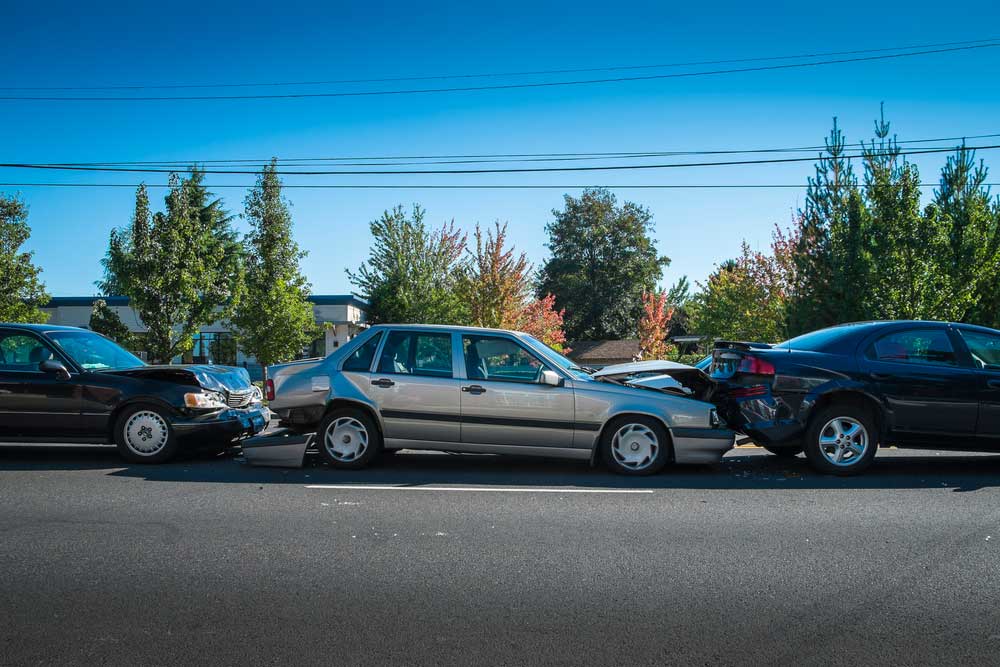 Who’s at fault in a multiple vehicle collision?
Who’s at fault in a multiple vehicle collision?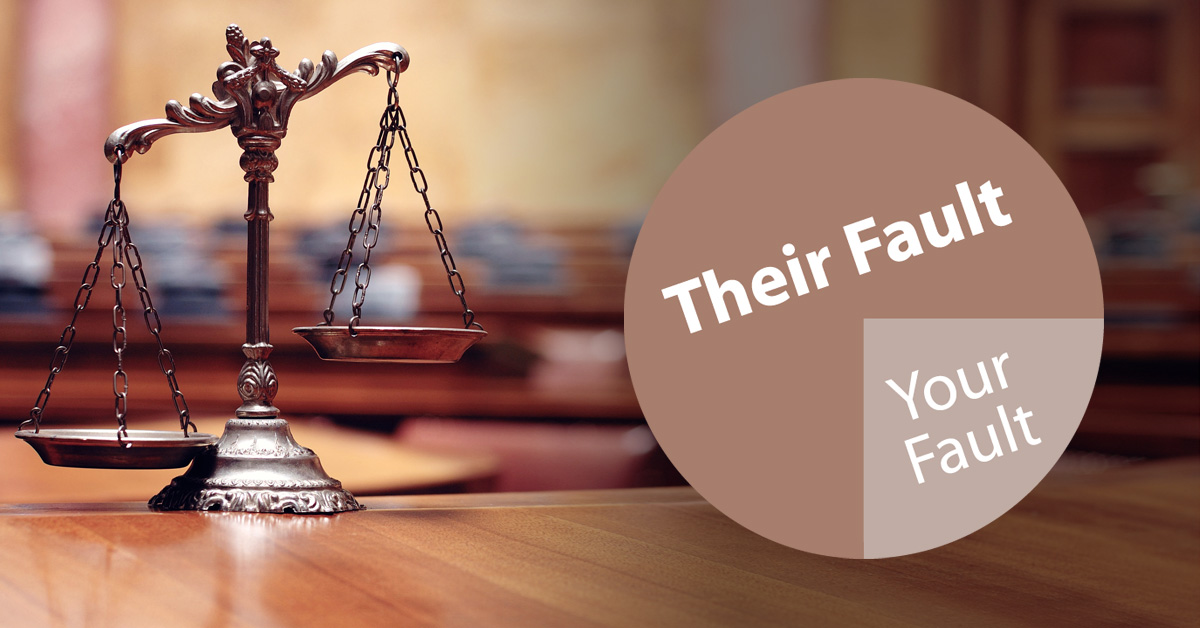 I was hit in a car accident, but the other driver wants to blame me. Who’s at fault?
I was hit in a car accident, but the other driver wants to blame me. Who’s at fault?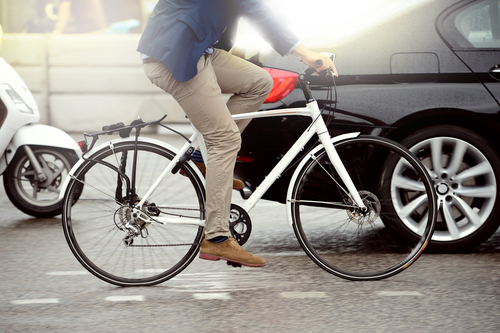 I may have a bicycle accident claim, what can I do?
I may have a bicycle accident claim, what can I do?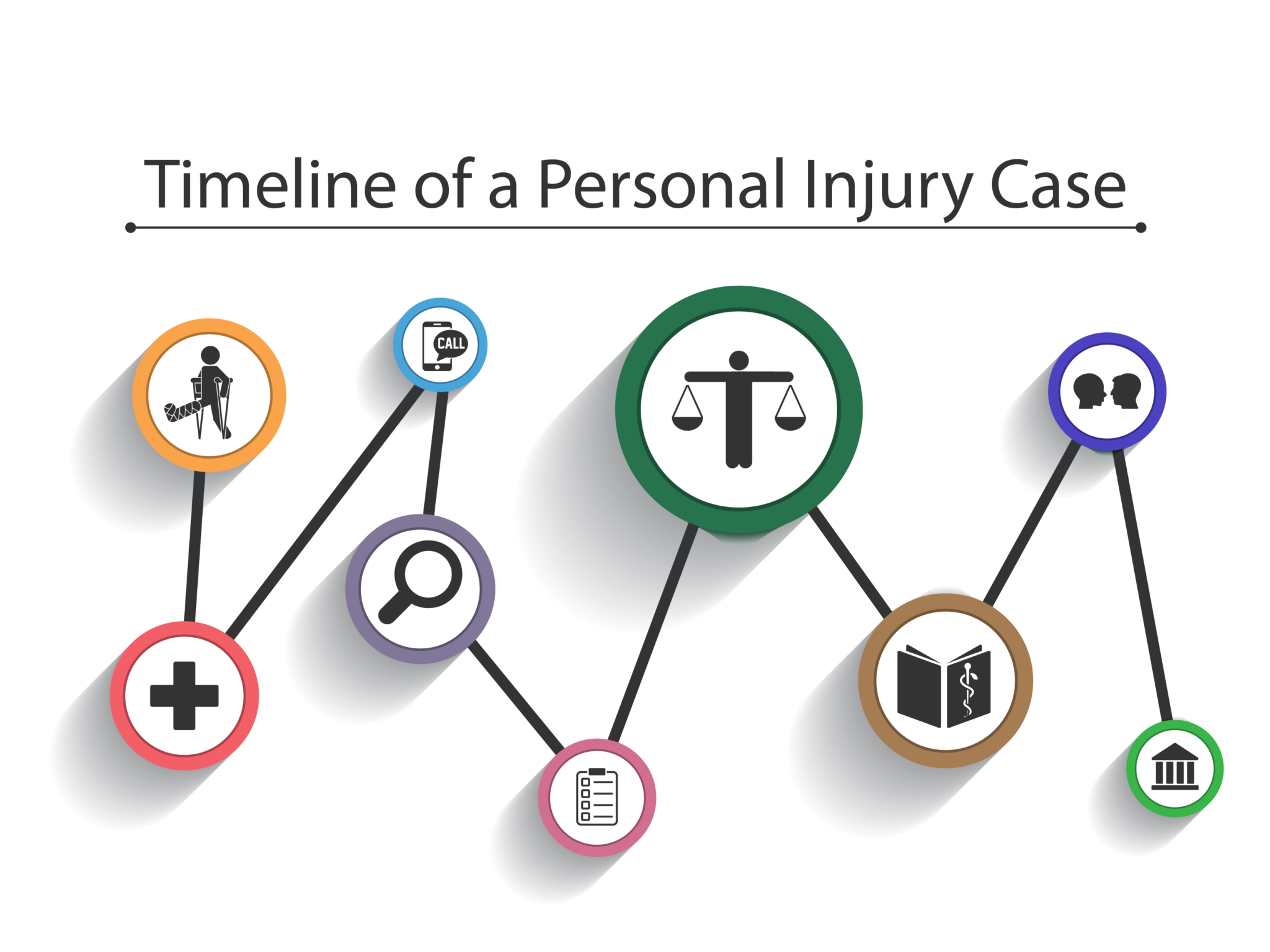 Pre-litigation Process
Pre-litigation Process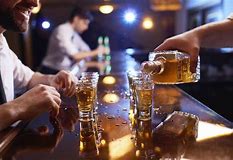 Can I sue a bar or other liquored licensed vendor after an alcohol-related accident?
Can I sue a bar or other liquored licensed vendor after an alcohol-related accident?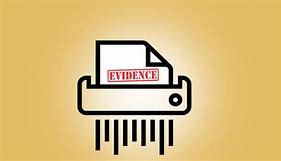
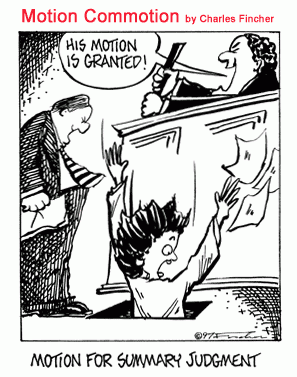
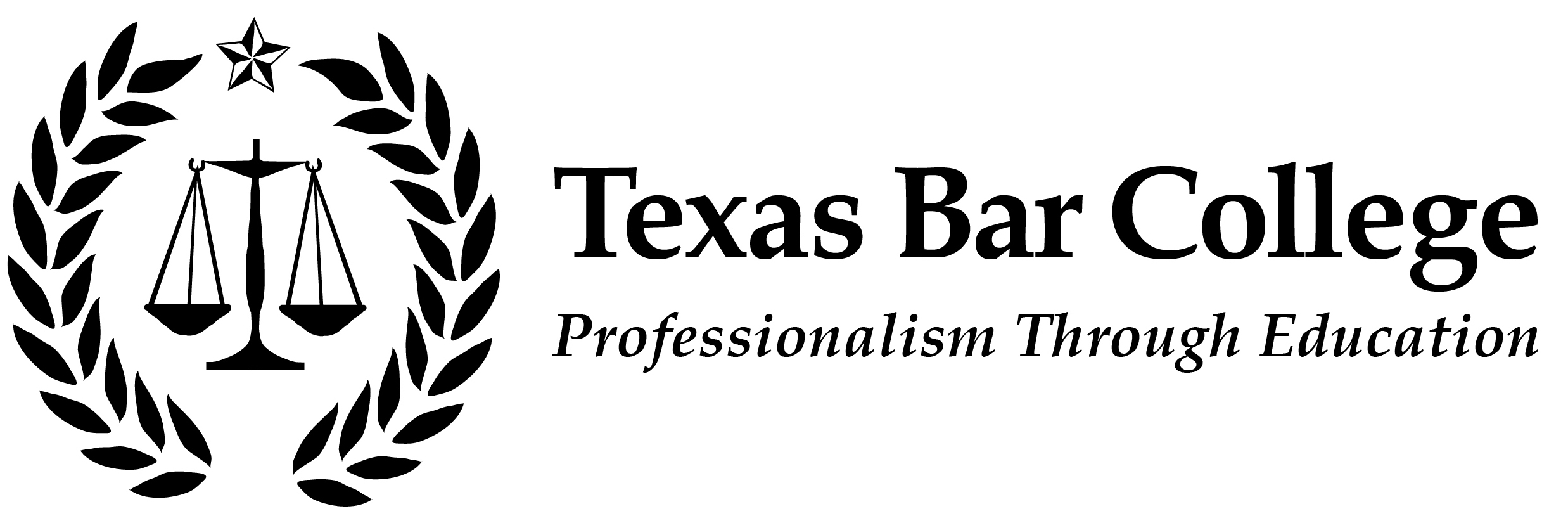 The Texas Bar College
The Texas Bar College